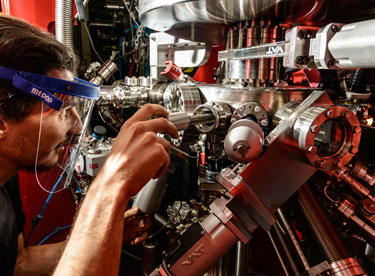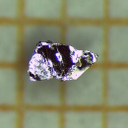
A large group of chemists, theoretical and experimental physicists from Germany, Russia, Spain and Azerbaijan has developed the first intrinsically magnetic topological material. This material is very promising for the development of antiferromagnetic spintronics, 2D magnetism and quantum transport without the need for strong external magnetic fields. Part of the experiments have been performed at the BOREAS beamline of the ALBA Synchrotron.
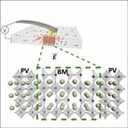
Researchers from the Universidade de Santiago de Compostela, IKERBASQUE, Universidad de Zaragoza-CSIC, Instituto de Ciencia de Materiales de Madrid-CSIC, ESRF, and ALBA Synchrotron (BL29-BOREAS) have led a collaborative research, where they have exploited soft X-ray absorption spectroscopy as a tool for unveiling an electric-field induced crystallographic transformation between the conducting perovskite SrFeO3−δ and insulating brownmillerite SrFeO2.5 at room temperature. The method offers a new approach to design new functional materials with submicrometer spatial resolution.
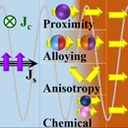
Researchers from the Institut de Ciència de Materials de Barcelona (ICMAB-CSIC) and ALBA Synchrotron have led a collaborative research, together with the Institut Català de Nanociència i Nanotecnologia (ICN2), the Dept. of Electronics and Biomedical Engineering (University of Barcelona) and CIC nanoGUNE (Donostia), where they have exploited X-ray absorption spectroscopy at the BOREAS beamline of ALBA for unveiling the optical and spin transport properties of transition metal oxides for photovoltaics and spintronics applications.
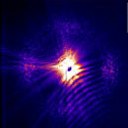
Profiting from the coherence of synchrotron light, scientists have performed both reciprocal and real-space observations of magnetic skyrmion lattice deformation in a chiral magnet Co8Zn8Mn4. The study of these materials is key for developing futures spintronic applications such as racetrack memory and logic devices.
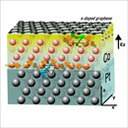
An international team of researchers from IMDEA Nanociencia and Complutense and Autónoma universities in Madrid, the Institut Néel in Grenoble and the ALBA Synchrotron in Barcelona has elucidated a new property of Graphene/Ferromagnetic interfaces: the existence of a sizable magnetic unidirectional interaction, technically a Dzyaloshinskii–Moriya Interaction of Rashba origin, which is responsible for establishing a chiral character to magnetic domain wall structures.


